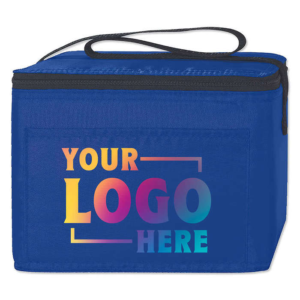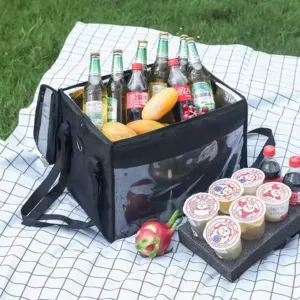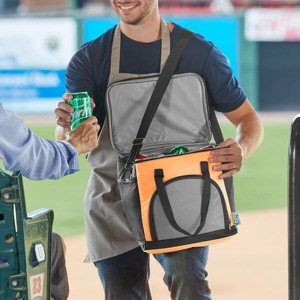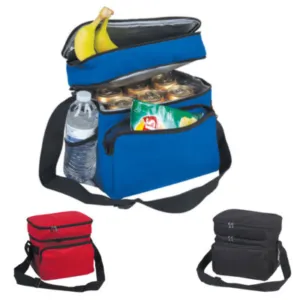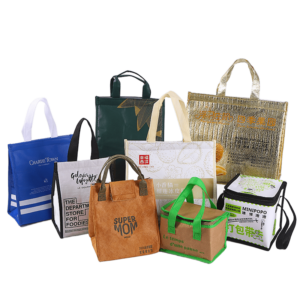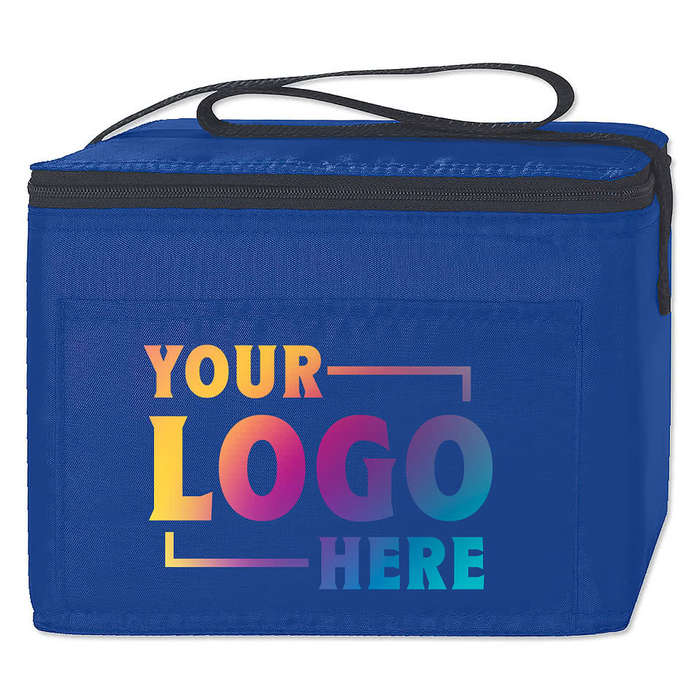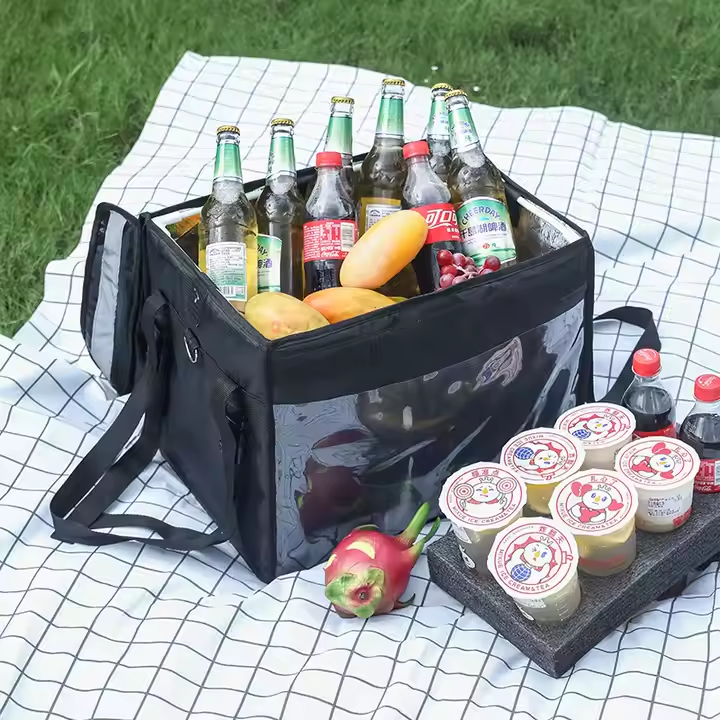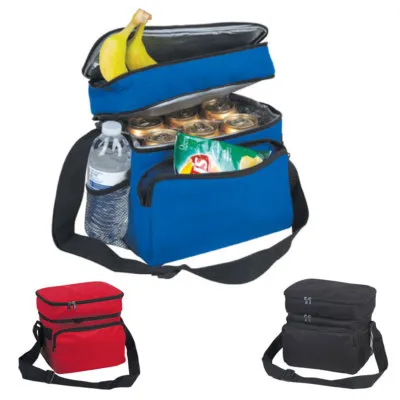Storing raw meat or seafood in cooler bags can be safe if you strictly follow food safety rules. This list explains the key steps to prevent contamination and keep food at safe temperature1s.
Are Cooler Bags Safe for Storing Raw Meat or Seafood?
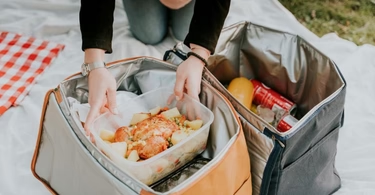
Cooler bags2 can keep raw meat or seafood safe if you control temperature, prevent leaks, and maintain cleanliness.
Learn how to store raw meat or seafood safely in cooler bags during transport or outdoor activities.
Maintain Safe Temperature
Keep the cooler bag at or below 40°F (4°C) to slow bacterial growth3.
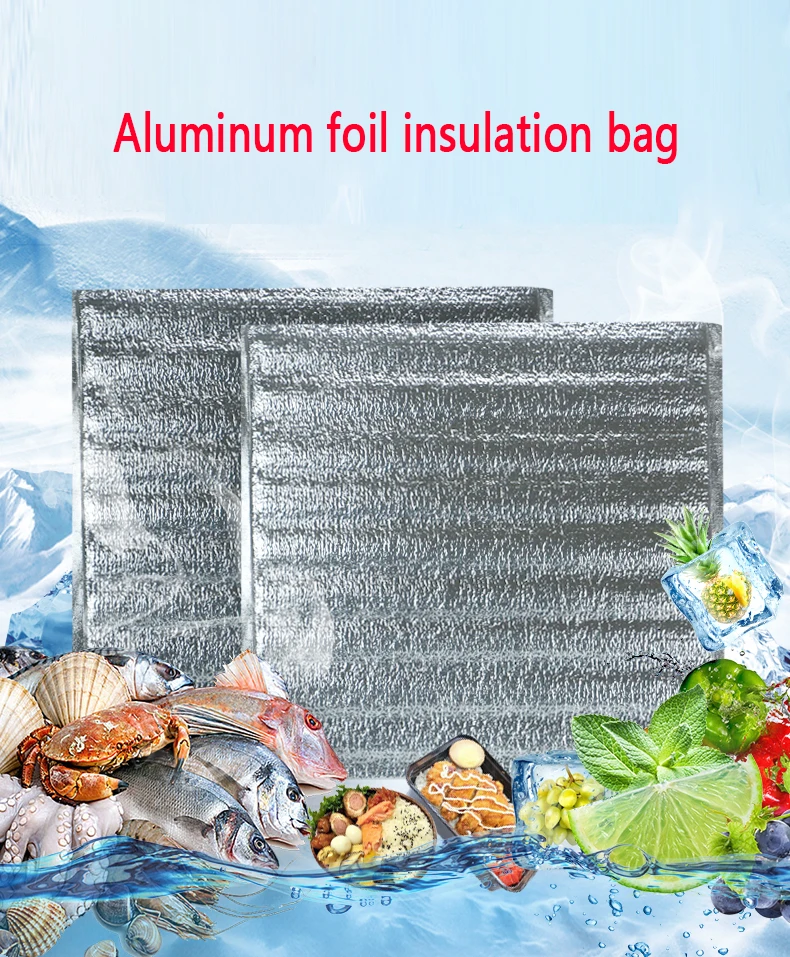
To keep raw meat or seafood safe, temperature is the most important factor. The cooler must stay at or below 40°F (4°C) at all times. At higher temperatures, bacteria multiply quickly, which increases the risk of foodborne illness4. You can achieve this by using plenty of ice packs5 or frozen gel packs. Position them above and around the food for better cooling. You should also use a thermometer to monitor the temperature inside the cooler. This way, you can act immediately if the temperature rises. Avoid leaving the cooler in direct sunlight, as this can quickly raise internal temperatures. If you are outdoors in hot weather, store the cooler in the shade or cover it with a reflective blanket.
Recommended Ice-to-Food Ratio
| Cooler Size | Food Volume | Ice Packs Needed |
|---|---|---|
| Small (20L) | 5 kg | 2–3 large packs |
| Medium (40L) | 10 kg | 4–5 large packs |
| Large (60L) | 15 kg | 6–7 large packs |
Use Leak-Proof Packaging
Place raw meat6 or seafood in sealed containers or double bags to prevent juice leakage.
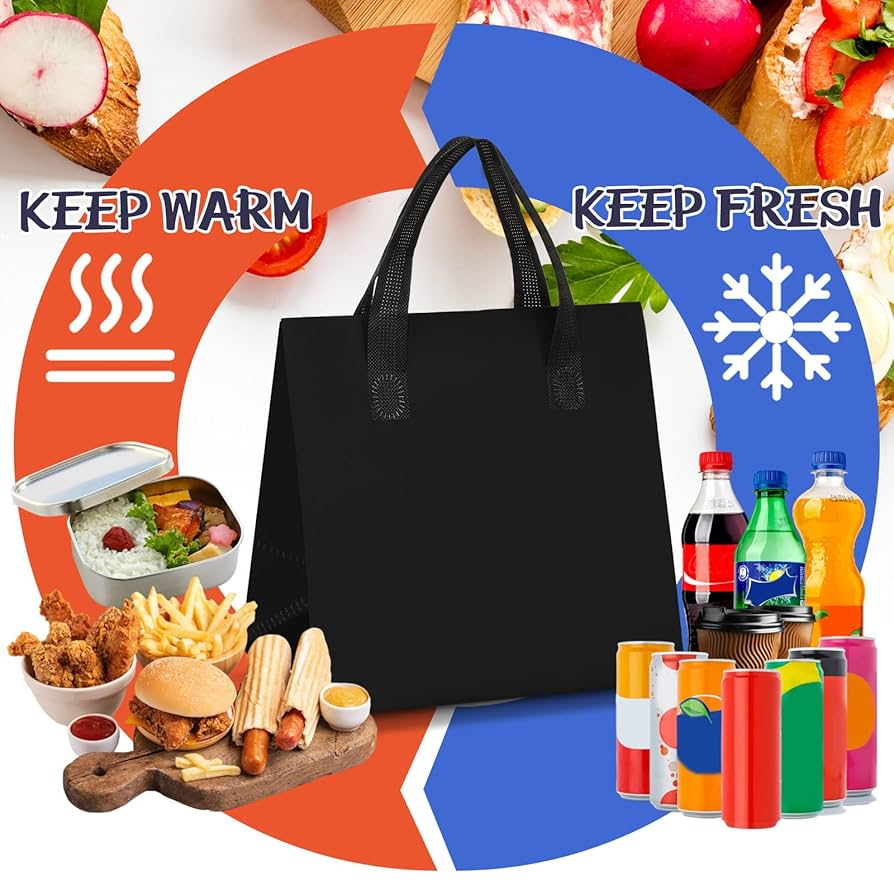
Juice from raw meat and seafood can carry harmful bacteria. If it leaks, it can contaminate other food. Always use heavy-duty, leak-proof plastic bags or airtight containers. Double bagging adds an extra layer of protection. This is especially important when storing meat with sharp bones that can puncture thin bags. For seafood, strong sealing is necessary because of the liquid content and odor. Avoid using paper-based packaging inside cooler bags, as moisture will weaken it. If you pack both raw and ready-to-eat items, make sure they are stored in separate sealed compartments or containers. This prevents cross-contamination7 even if one container fails.
Packaging Material Comparison
| Material | Leak Protection | Durability | Odor Control |
|---|---|---|---|
| Zip-top plastic bag | Medium | Medium | Low |
| Vacuum-sealed bag | High | High | High |
| Rigid plastic box | High | High | High |
Position Meat at the Bottom
Arrange cooler contents to prevent juices from dripping onto other foods.
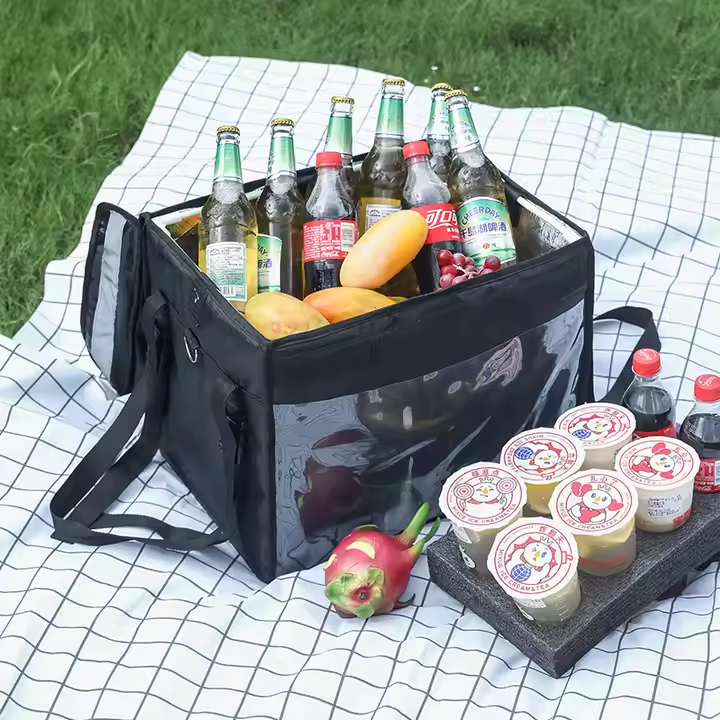
Gravity makes any leaking liquid flow downward. If raw meat is stored on top, juices can drip onto foods below, especially ready-to-eat foods. Always store raw meat or seafood at the bottom of the cooler bag. Place ice packs5 under and around them. If possible, dedicate one cooler for raw meat and another for beverages or cooked food. If you only have one cooler, use a sturdy tray to separate the bottom layer from the rest of the contents. This layer separation reduces contamination risk. When packing for long trips, check the arrangement after a few hours, because movement can shift items inside.
Best Practices for Cooler Layering
| Layer | Contents |
|---|---|
| Top | Drinks, snacks, cooked food |
| Middle | Extra ice packs5, fruits |
| Bottom | Raw meat/seafood in sealed packaging |
Reduce Empty Space
Fill unused space in the cooler to slow temperature rise.
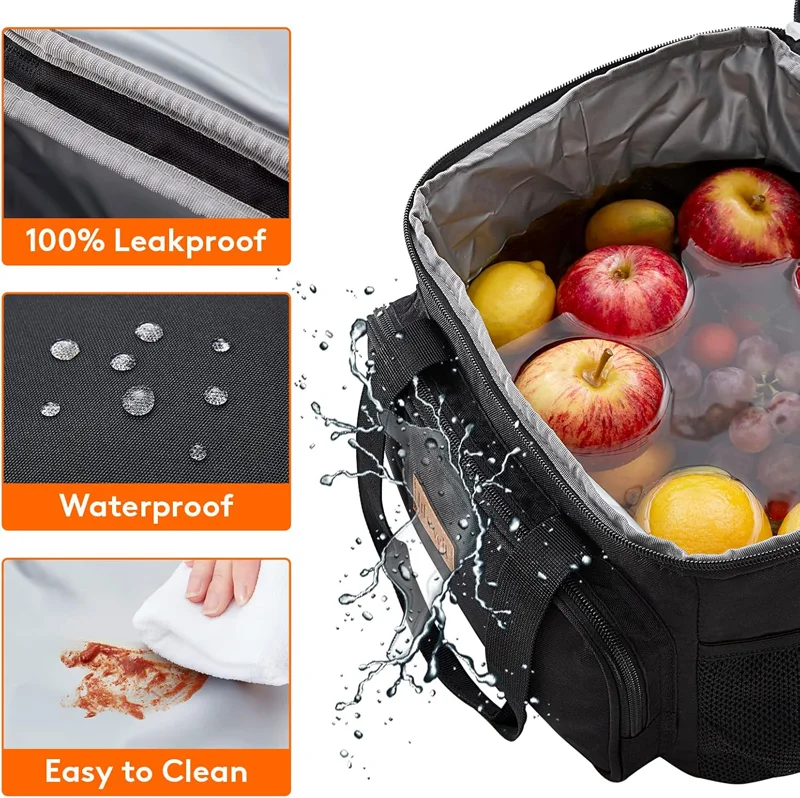
Empty space inside a cooler allows warm air to circulate. This makes the cooler lose cold faster. If the cooler is not full, fill gaps with extra ice packs5, frozen water bottles, or even clean towels. Frozen water bottles are useful because they act as both ice and drinking water after melting. For long trips, replace melted ice with new frozen packs whenever possible. Packing the cooler tightly also prevents items from moving around, which reduces the chance of packaging damage. If transporting seafood, extra ice coverage helps keep it at a consistent cold temperature, which is important for freshness.
Space-Filling Options
| Filler Type | Cooling Effect | Reusability |
|---|---|---|
| Ice packs | High | Yes |
| Frozen water bottles | Medium | Yes |
| Towels or cloths | Low | Yes |
Limit Opening Frequency
Keep the cooler closed as much as possible to retain cold air.

Every time you open the cooler, warm air enters and cold air escapes. This makes the temperature rise quickly. Plan ahead so you only open the cooler when necessary. Group items that will be used together in the same section so you can retrieve them in one go. If several people are sharing a cooler, assign one person to handle it. This reduces the number of times the lid is opened. You can also use a smaller cooler for drinks and snacks to avoid opening the main cooler with meat or seafood. This small step can extend safe storage time by hours.
Opening Impact on Temperature
| Opening Frequency | Temp Increase (°F) per Hour |
|---|---|
| Every 30 min | +6 |
| Every 15 min | +12 |
| Every 5 min | +20 |
Clean and Sanitize the Cooler
Wash and disinfect the cooler before and after each use.
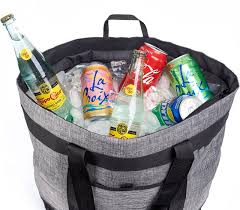
A cooler bag can trap bacteria and odors if not cleaned properly. Wash the inside and outside with warm soapy water after each use. Pay attention to seams, corners, and zippers, as they can hold residue. After washing, rinse with clean water and let the cooler dry completely before storing. For extra safety, sanitize it with a mild bleach solution or food-safe sanitizer. This step is especially important after carrying raw meat6 or seafood. Any leftover bacteria can contaminate the next batch of food you store. A clean cooler not only keeps your food safe but also extends the bag’s lifespan.
Cleaning Steps
| Step | Action |
|---|---|
| 1 | Empty all contents |
| 2 | Wash with warm soapy water |
| 3 | Rinse with clean water |
| 4 | Sanitize with bleach solution |
| 5 | Air dry completely |
Conclusion
Cooler bags2 can safely store raw meat or seafood if you follow strict temperature control, leak-proof packaging8, bottom-layer placement, minimal empty space, reduced opening frequency, and proper cleaning. I often take seafood to family picnics and find that packing ice above and below the fish keeps it fresh all day. Choose the right cooler practices9 for your trip, and share your experiences or tips in the comments.
-
Learn about the critical temperature guidelines to prevent foodborne illnesses. ↩
-
Explore this link to understand the safety and effectiveness of cooler bags for food storage. ↩ ↩
-
Discover how temperature control can inhibit bacterial growth and ensure food safety. ↩
-
Learn about foodborne illnesses and how to prevent them through safe food handling. ↩
-
Find out how ice packs maintain safe temperatures for food storage. ↩ ↩ ↩ ↩
-
Explore the safety guidelines for handling and storing raw meat to prevent illness. ↩ ↩
-
Explore effective strategies to avoid cross-contamination when storing food. ↩
-
Understand the significance of using leak-proof packaging to prevent contamination. ↩
-
Discover effective cooler practices to ensure food safety during outdoor activities. ↩


